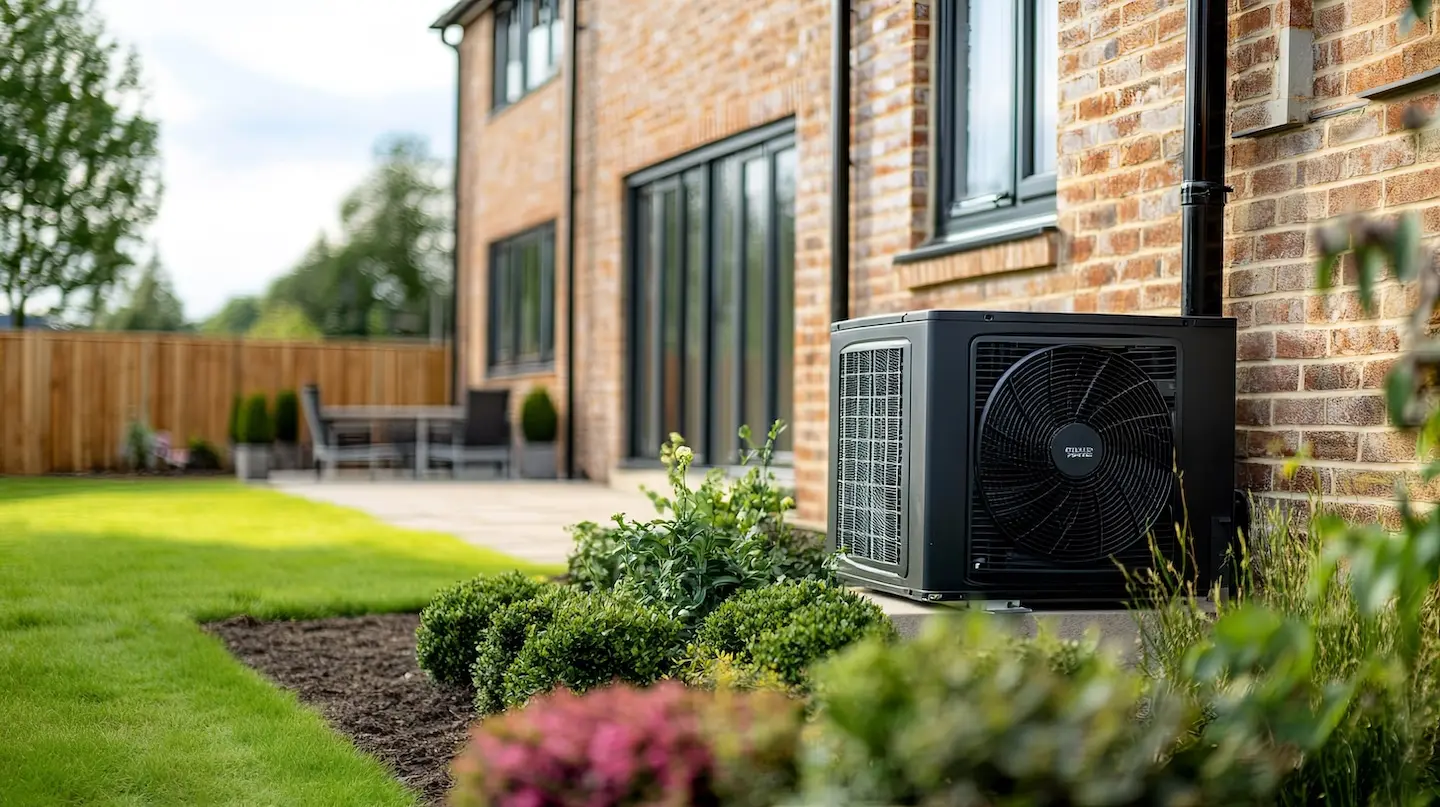As California moves ever closer toward electrification, more homeowners in Silicon Valley and the South Bay are considering switching from a traditional furnace to a heat pump. With a statewide heat pump mandate in motion and rising temperatures bringing necessary change in how we heat and cool our homes, now is the perfect time to explore whether this switch makes sense for you.
The Changing Climate in San Jose
San Jose has already experienced a 1.4% increase in climate change severity over the last 15 years, with hotter summers and record-breaking temperatures in months like June and September. Extreme heat events are expected to become more frequent, and with the added likelihood of wildfires, smoke often impacts local air quality. These changes mean homes that once only needed a furnace for mild winters now also require a robust cooling system to stay comfortable and safe throughout the year.
What Is a Heat Pump and How Does It Work?
A heat pump doesn’t generate heat the way a gas furnace does. Instead, it transfers heat. This is done differently depending on the season, so rather than having both a heating and cooling system, a heat pump can provide both!
In winter, it extracts heat from the outdoor air and brings it inside.
In summer, it works like an air conditioner, removing heat from your home and pushing it outside.
Most modern heat pumps make switching a heat pump from AC to heat as simple as changing a setting on your thermostat, and with only a single system to maintain, rather than the traditional two.

Benefits of Switching to a Heat Pump
Switching from a furnace to a heat pump comes with several advantages to consider when making your decision:
- Year-Round Comfort: One system provides both heating and cooling, making it easier to maintain than two separate systems.
- Lower Energy Bills: Heat pumps can be up to three times more efficient than gas furnaces, reducing your operating costs.
- Cleaner Indoor Air: Built-in filtration options help protect your home from wildfire smoke as well as seasonal allergens.
- Reduced Carbon Footprint: No more burning natural gas by instead using natural heat to warm your home.
- Eligible for Rebates: Federal, state, and local programs can significantly reduce upfront installation costs.
Costs and Considerations
Switching from a gas furnace to a heat pump typically costs between $8,000 and $20,000, but this number can vary widely. Several factors influence the final price:
- Home Size & Layout: Larger homes or multi-story layouts require bigger systems or additional ductwork, increasing installation costs.
- Existing Ductwork: Homes with older or leaky ducts may need repair or replacement to maximize efficiency. If your home has no ductwork at all, a ductless mini-split heat pump system may be a better fit, but it can add to the cost.
- Electrical Capacity: Heat pumps require a certain amount of electrical power. If your home’s panel is outdated, an electrical upgrade may be necessary, which can add $1,500–$3,000 to the project.
- System Efficiency & Features: High-efficiency models with variable-speed compressors or smart controls cost more upfront but offer lower energy bills and quieter operation.
- Labor & Permits: Professional installation, local permitting fees, and inspections are part of the total price.
While the initial investment can seem significant, the long-term savings on utility bills, combined with available rebates, typically make a heat pump a cost-effective upgrade over time.
Incentives Available in California
Certain rebates offered in California can bring your cost down by thousands of dollars. Other states also often have similar programs for heat pumps and other forms of renewable energy, so if you aren’t in San Jose, CA, check out your local government website to find out more!
Rebates that California offers include:
- Federal Tax Credit: Up to 30% of the installation cost through the Inflation Reduction Act.
- Local Utility Rebates: Silicon Valley Clean Energy and PG&E offer additional rebates.
- State Programs: TECH Clean California offers incentives to encourage homeowners to switch.
What About Switching Back to Gas?
While some homeowners wonder about switching from a heat pump to a gas furnace, California’s electrification goals make this less than practical. Gas appliances may face stricter regulations in the near future, higher utility costs, or even complete phase-outs over time. Staying with or switching to a heat pump is by far the most future-proof choice.
When to Make the Switch
With temperatures rising and rebates available now, there’s never been a better time to make the change. Installing a heat pump today doesn’t just prepare you for the next heat wave; it helps lock in lower energy bills before utility rates climb further than they already have.
Acting now means you can take full advantage of the various state and federal incentives before funding runs out, and avoid potential future restrictions on gas appliances. Finally, upgrading your system proactively ensures you won’t face an emergency replacement during peak summer or winter seasons, when costs and wait times will inevitably be much higher.
San Jose’s climate is shifting quickly, and your home’s comfort system needs to keep up. Rising temperatures, worsening air quality, and California’s push toward cleaner energy make this the perfect time to future‑proof your home. A heat pump provides reliable heating, efficient cooling, and cleaner indoor air, all while reducing your carbon footprint and monthly energy costs.
To find out more about how TemperaturePro San Jose can help with your decision to switch to a heat pump, call us or contact us online today!





